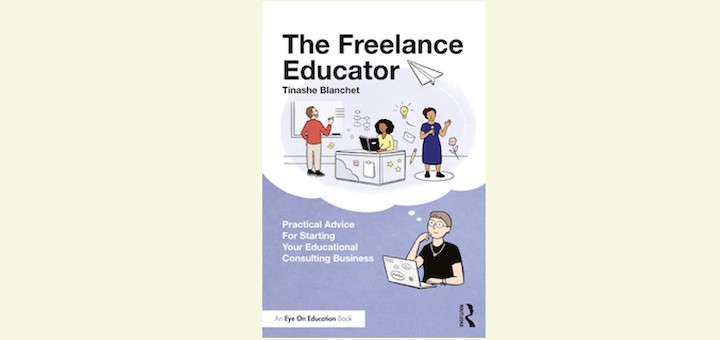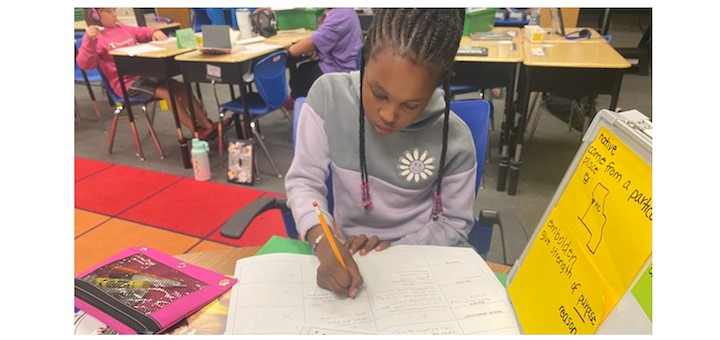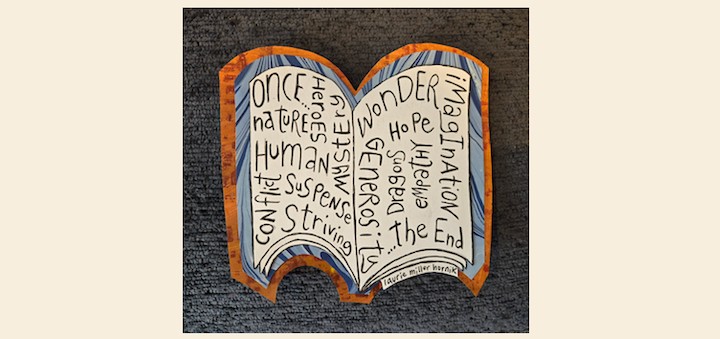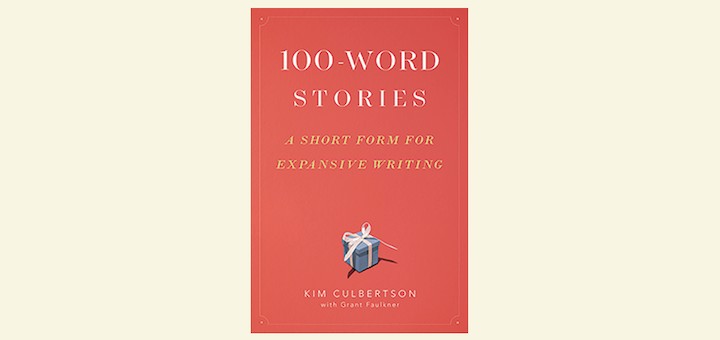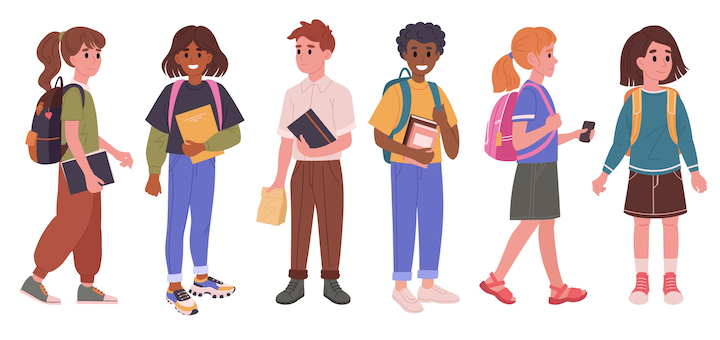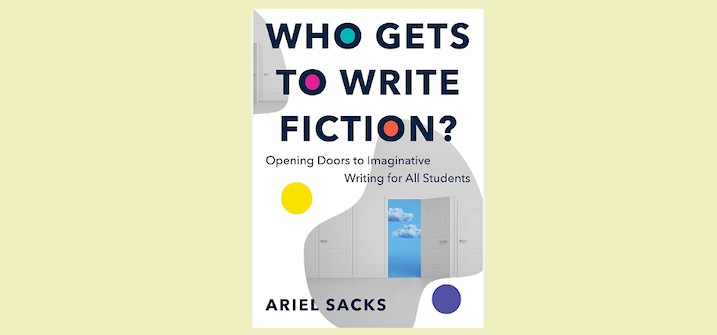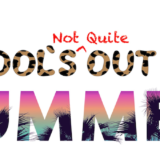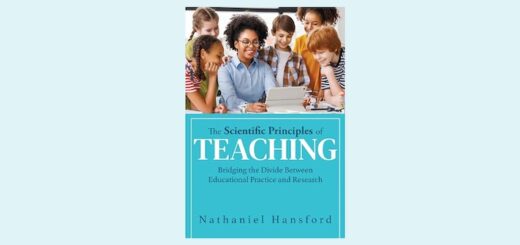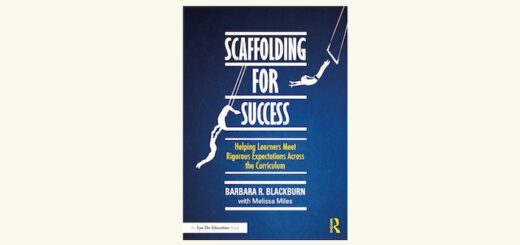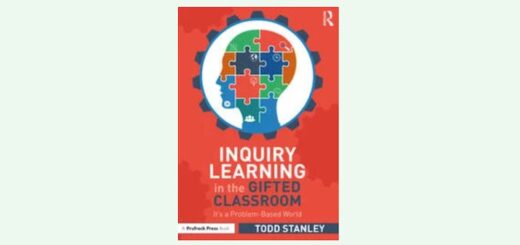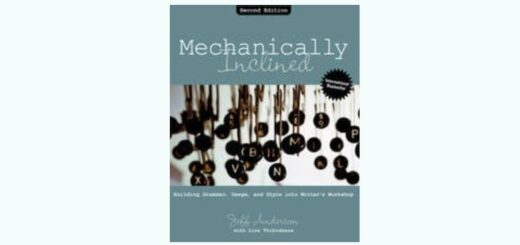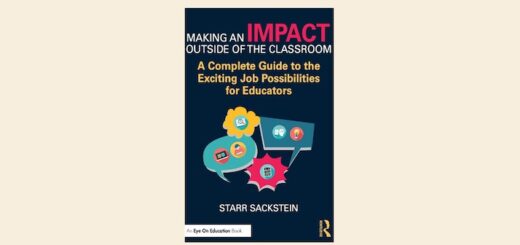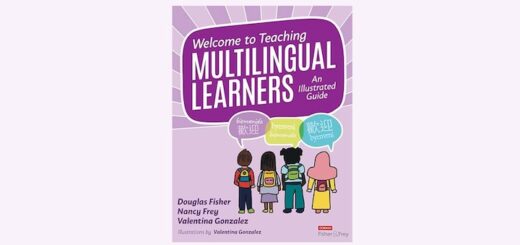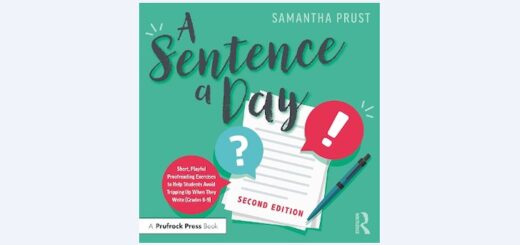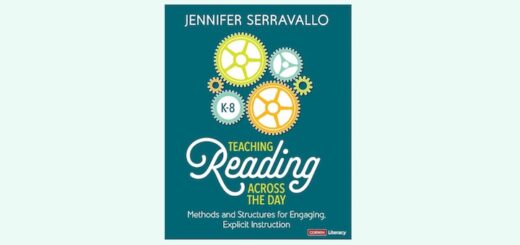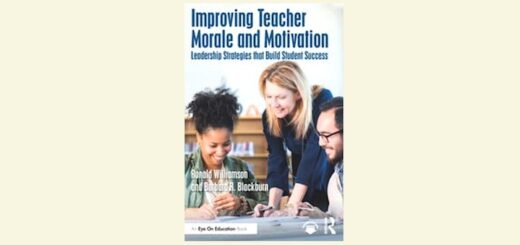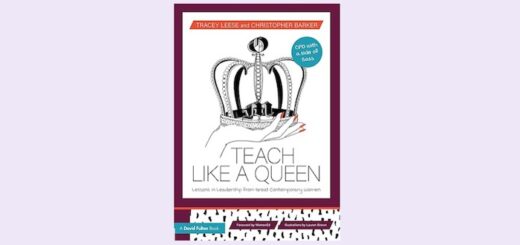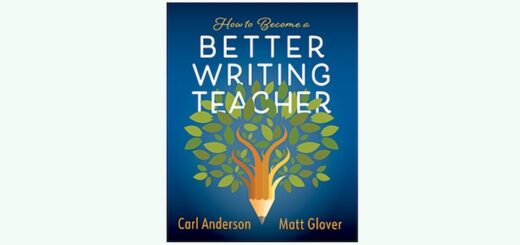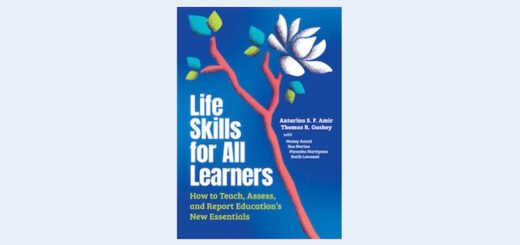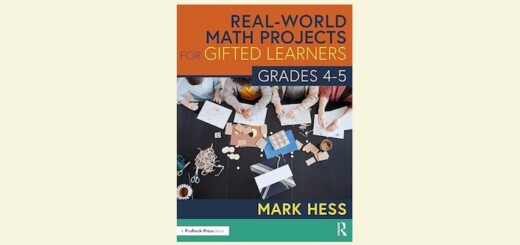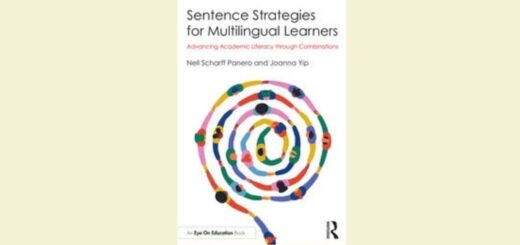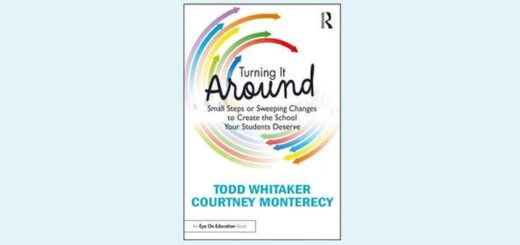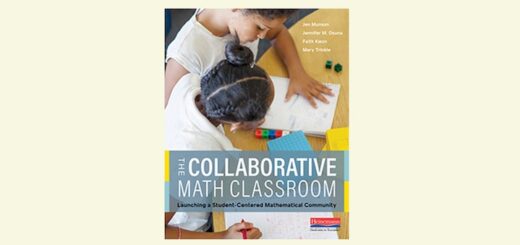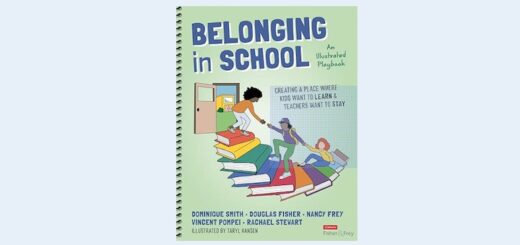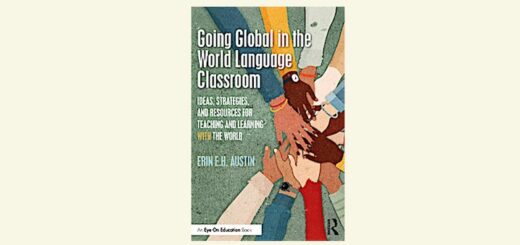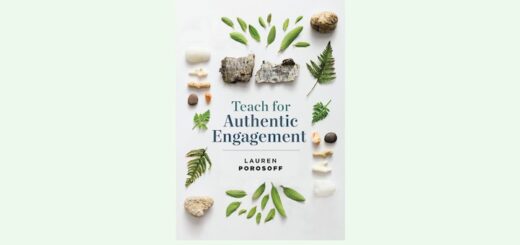Teaching and learning in grades 4-8
“Not every management situation involves an innocent mistake from a student,” writes teacher Dina Strasser, “but in middle school, I will venture to say that most of them do. Making curiosity a management habit of mind allows both student and teacher to reap the rewards.”
The Freelance Educator is an easy read and a practical look at the beginning steps you’ll need to take to convert your knowledge as an educator into part- or full-time work in the world of freelance professional development, says literacy coach and PD provider Tanya Roy.
Teaching guru Barbara R. Blackburn returns to her roots in the classroom to give new teachers a list of quick tips – 26, one for each letter of the alphabet – all ideas that will help newbies launch and navigate their journeys. Included: her list of links to essential resource websites.
When you ask students to research a topic, what happens? Chances are some students will struggle. The authors explain how they use Inquiry Charts to help middle grades students navigate the pitfalls of research and also develop agency as researchers and knowledge builders.
Native Americans’ thousands of years of history are filled with achievements and challenges. In recent years the United States has commemorated their history in November. MiddleWeb’s resource collection can help students understand this rich and complex heritage.
Free Reading Friday has transformed Laurie Miller Hornik’s 7th grade class into a reading community, without having to cut back on whole-class text studies. Students arrive on Fridays ready to talk and write about the free reading they’ve done outside of school during the week.
100-Word Stories is a valuable resource, providing a structured yet flexible framework that serves as a tool to enrich language instruction and a catalyst for exploration and creative expression in the classroom. It will be especially valuable to her SLIFE learners, writes Melinda Stewart.
As Kasey Short enters her 20th year as a middle grades educator, she’s been thinking a lot about some lessons she’s learned that now help her build a strong foundation in the early weeks of each school year. See how her tips for beginning teachers match up with your own.
In her second article examining the five key questions she has identified to help students become critical readers, author and NBCT Marilyn Pryle recommends helping them move beyond what the text (or video, audio, meme, and so on) “says” and instead ask what it “shows.”
Teacher Ariel Sacks illustrates the value and practicality of offering more opportunities during writing instruction for students to imagine and create, says reviewer Stacy Haynes-Moore. One highlight: The book includes four months of curriculum with integrated roles for students.


